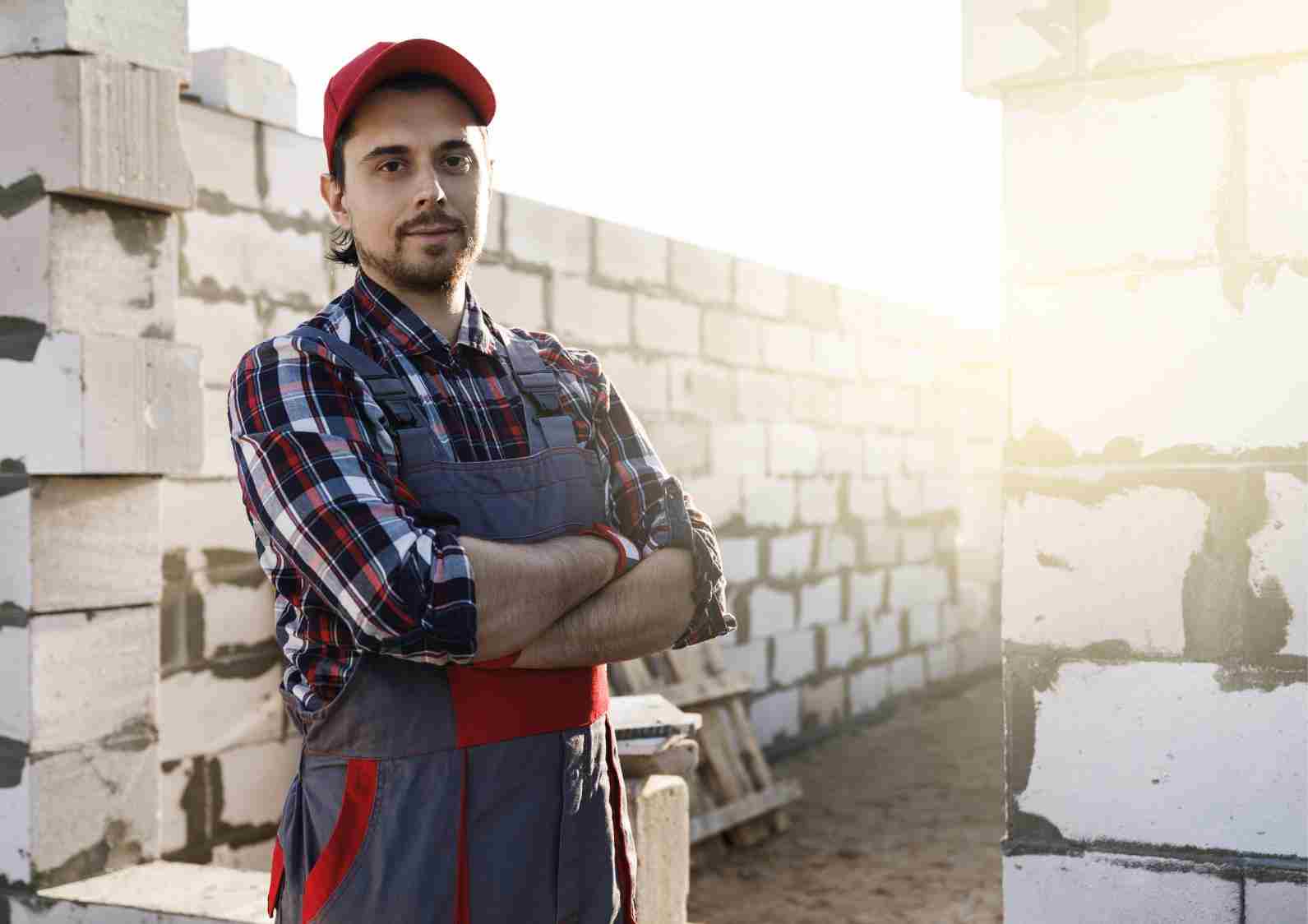
Important Fire Extinguisher Tips
Fire extinguishers are commonly found in workplaces, homes, and public spaces. But what's the point if...


As we continue to push the boundaries of architectural design, it’s clear that concrete and masonry will continue to lead the way in construction. The world we live in is built with the strength and durability of concrete and masonry. Every brick, block, and slab of concrete tells a story of durability and functionality, shaping the buildings that define our surroundings.
Concrete is a blend of cement, water, aggregates (like sand or gravel), and sometimes other substances like admixtures or additives. When mixed, these elements form a paste that gradually hardens, resulting in a durable and strong material.
Masonry refers to the construction techniques of building structures using individual units bound together with mortar. These Units including bricks, stones, concrete blocks, or other materials, are selected based on structural requirements.

Both concrete and masonry have their unique advantages and are suited to different types of construction projects. When planning to build a project, consider factors like project requirements and aesthetic preferences. Masonry provides design flexibility and aesthetic appeal, while concrete offers strength and versatility. Knowing these differences helps you choose the best option for your project.

Fire extinguishers are commonly found in workplaces, homes, and public spaces. But what's the point if...

Working at heights can be dangerous, especially for jobs like construction, window cleaning, or telecommunications...

Scaffolds are the backbone of construction projects, providing a stable platform for workers to...

Combustible dust refers to fine particles that can ignite and cause explosions when they're in the air...

In our daily lives, we see signs and symbols everywhere that guide us, inform us, and keep us safe. From traffic signs on the roads to hazard...

In our daily lives, we are constantly surrounded by potential hazards that we often overlook. One such danger...

A hand pallet jack, also known as a pallet truck, is a manual device designed to lift and move heavy...

Working at an oilfield could potentially expose you to hydrogen sulfide (H2S). It has a faint smell of rotten eggs...

Industrial ergonomics is the practice of designing workplace environments that match the capabilities and...

Safety is important in any field, especially in construction, where mistakes can have serious...

As we continue to push the boundaries of architectural design, it’s clear that concrete and masonry will...

Excavation and trenching are some of the most dangerous tasks in construction work. The moment...

The importance of environmental responsibilities has to be emphasized. As we observe the increasing...

Hot work refers to any activity or process that creates a source of ignition, such as flame, heat, or spark...

Harassment in the workplace can happen from different people...

Driving is a big part of many jobs. Whether it’s commuting to meetings, making deliveries, or traveling...

In the construction, mining, and demolition industries, controlled explosions are commonly used for...

In today’s fast-paced world, where maintaining high productivity is a continual requirement, effective supervision plays a pivotal...

A learning management system, or LMS, is a platform or software application designed to...

In the present time, Drugs and alcohol are making a big impact on society, extending into...

Working with electrical equipment comes with serious hazards, one of these...

Corrosive materials are present in almost every workplace. From...

Crane operator safety training deals with procedures and measures...

The safety of employees is paramount for any company and employer. It’s also the...

Hand and Power Tools are common parts of our routine lives and are...

Truckers face a high risk of injury and death in their line of work because they spend long...

A forklift is a powered industrial truck with twin forks attached to the front that can be raised and lowered...

An aerial lift is a type of heavy equipment designed to lift individuals...

Asphalt is one of the most common materials used for road paving,...

In today's bustling industries,...

In today's rapidly evolving world, workplace safety is a critical aspect of...

Scissor lifts are versatile aerial work platforms widely used in various industries, including construction,...

Emergencies and disasters can catch people off guard, particularly when they have a personal impact on...

OSHA unveiled a national emphasis...

In the pursuit of ensuring safe and healthy working environments, the...

In today's world, maintaining a safe and healthy work environment is...

When it comes to workplace safety, fall protection is a critical aspect that...

Working in the construction industry...

The construction industry is an...

In the bustling world of construction, ladders are indispensable tools,...

The 40-Hour Site Safety training and...

OSHA 10 and OSHA 30 are both training programs offered by the Occupational Safety...

As the winter season blankets the world in frosty temperatures,...

As the temperatures rise and global warming becomes an increasingly...

Ensuring a safe working environment is paramount for any organization,...

Asbestos, a naturally occurring mineral known for its heat resistance...

In any workplace, ensuring the safety and well-being of employees is of...

The SST card is a certification/proof that you have successfully completed your training with an authorized...

Creating a safe and inclusive work environment is crucial for the well-being and productivity...

Transporting hazardous materials is a critical and necessary activity in our...

Under the local law of 196 of 2017 (NYC department of buildings), Supervisors at job sites with...

“SST” is site safety training required by NYC Local Law 196 of 2017 for construction workers...

In any workplace, ensuring the safety and well-being of employees is paramount. Accidents and medical...